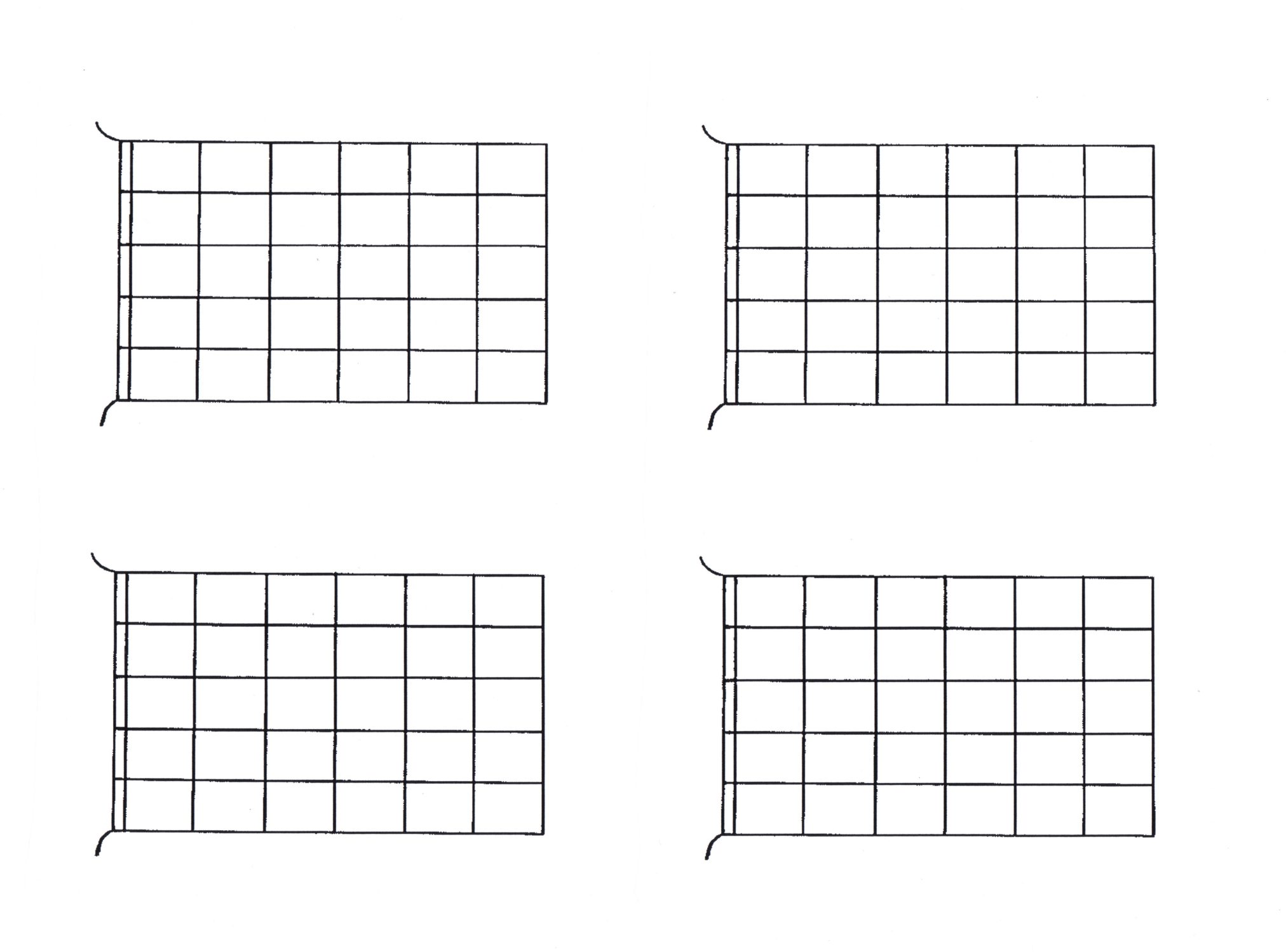

With their introductions, mild steel replaced wrought iron.Further refinements in the process, such as basic oxygen steelmaking (BOS), largely replaced earlier methods by further lowering the cost of production and increasing the quality of the final product. This was followed by the open-hearth furnace and then the Bessemer process in England that refined the quality of steel. With the invention of the Bessemer process in the mid-19th century, a new era of mass-produced steel began. The increase in steel's strength compared to pure iron is possible only by reducing iron's ductility.Steel was produced in bloomery furnaces for thousands of years, but its large-scale, industrial use began only after more efficient production methods were devised in the 17th century, with the production of blister steel and then crucible steel. These qualities include such things as the hardness, quenching behavior, need for annealing, tempering behavior, yield strength, and tensile strength of the resulting steel. Varying the amount of carbon and many other alloying elements, as well as controlling their chemical and physical makeup in the final steel (either as solute elements, or as precipitated phases), slows the movement of those dislocations that make pure iron ductile, and thus controls and enhances its qualities. In steel, small amounts of carbon, other elements, and inclusions within the iron act as hardening agents that prevent the movement of dislocations that are common in the crystal lattices of iron atoms.The carbon in typical steel alloys may contribute up to 2.14% of its weight. It is the interaction of the allotropes of iron with the alloying elements, primarily carbon, that gives steel and cast iron their range of unique properties.In pure iron, the crystal structure has relatively little resistance to the iron atoms slipping past one another, and so pure iron is quite ductile, or soft and easily formed. In the body-centered cubic arrangement, there is an iron atom in the center and eight atoms at the vertices of each cubic unit cell in the face-centered cubic, there is one atom at the center of each of the six faces of the cubic unit cell and eight atoms at its vertices. Iron is able to take on two crystalline forms (allotropic forms), body centered cubic and face centered cubic, depending on its temperature. Because of its high tensile strength and low cost, it is a major component used in buildings, infrastructure, tools, ships, automobiles, machines, appliances, and weapons.Iron is the base metal of steel.

For other uses, see Steel worker (disambiguation).Steels and other iron–carbon alloy phasesFerriteAusteniteCementiteGraphiteMartensiteMicrostructuresSpheroiditePearliteBainiteLedeburiteTempered martensiteWidmanstatten structuresClassesCrucible steelCarbon steelSpring steelAlloy steelMaraging steelStainless steelWeathering steelTool steelOther iron-based materialsCast ironGray ironWhite ironDuctile ironMalleable ironWrought ironvte The steel cable of a colliery winding towerSteel is an alloy of iron and carbon, and sometimes other elements.
#.fdb files neck diagrams free
From Wikipedia, the free encyclopedia Jump to navigation Jump to search For other uses, see Steel (disambiguation).'Steel worker' redirects here.


 0 kommentar(er)
0 kommentar(er)
